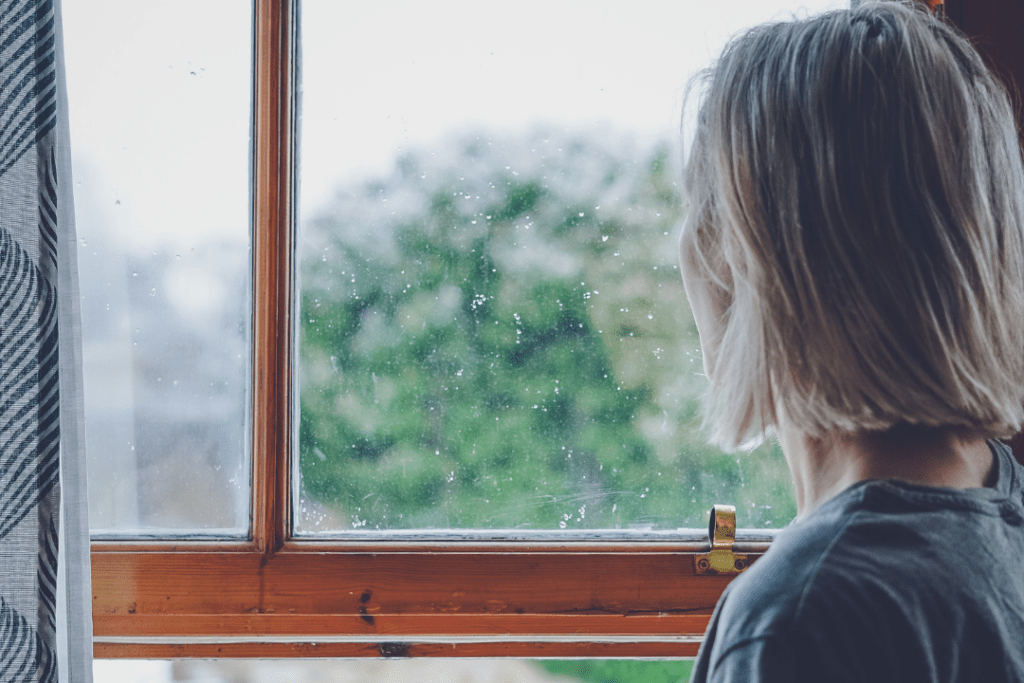Over the past month, the Federal Government has made several announcements that give the impression they are taking big steps to end violence against women and children.
Announcements include $104 million over 5 years to help women experiencing violence check for hidden cameras in their homes and spyware on their phones. Another $235 million will go to prevention campaigns and advertising, including $104 million for national prevention body Our Watch. While this funding is welcome, it is piecemeal.
To reduce violence against women and children, the Government must look at the big picture – the systemic and structural drivers of sexism and gender inequality. They need to use all the policy levers at their disposal to bring about the type of change that will transform the social, political and economic factors that drive inequality and violence.
Addressing the socio-economic drivers of violence is key
Every day our service, Women’s Legal, works with women whose ability to live safely and securely is undermined by their precarious financial position. We see women who can’t leave their violent partner because they can’t afford to pay rent on their own. We see women who are staring down homelessness because they have little or no super after a lifetime spent caring for others. We see women who can’t afford to make ends meet, their opportunities for financial independence non-existent. And so they struggle to stabilise their lives after the trauma of violence.
Without change, too often the reality is that women and children remain trapped with violent partners, or enter homelessness or abject poverty when they leave.
To combat this structural inequality and the socio-economic drivers of violence, the Government must focus on policy measures that will improve women’s economic security and financial independence.
This includes major investment in social housing, so women escaping violent relationships have somewhere to go. It means investing in high quality, affordable – or free – childcare, so mothers who want to work can earn an income. It means increasing wages in women-dominated industries, such as childcare and hospitality, so women have a liveable wage. It means setting up a gender-equitable paid parental leave scheme that allows both parents substantial time at home with their baby. . It means increasing income support payments so they reflect the true value of unpaid caring roles, which are predominantly done by women. Unpaid care is the backbone of the economy. Every day, the nation stands on women’s shoulders. Our income support payments must reflect this.
These are the changes that are needed to help women escape and recover from violence and dismantle gender inequality. They are also the structural changes needed to prevent it.
Until we break down these structural barriers that force men and women into stereotypical gender roles and deny many women financial independence, the next generation will be trapped in the same cycle. And we will be making family and domestic violence more likely, not by accident but by design.
A legal system that puts safety first
As a specialist family violence legal service, we have been advocating for reforms to the justice system that will improve safety for women and their children. Crucially, courts need to be places where safety and recovery from family violence are prioritised, above all else.
Currently, the family court does not routinely test allegations of violence at the start of hearings, even though the court’s own data shows that 64% of family law cases involve family violence allegations. Hearing this evidence at the start would let survivors tell their story and know it has been understood by decision-makers. Testing allegations at the start would also make it much harder for perpetrators to continue to abuse their ex-partner – and use the legal system to do so – by dragging cases out, refusing to provide information and continuing the pattern of coercive control that defined the relationship. It would allow important safety planning to take place. Once allegations of family violence are made, the risk for women and children can increase so it is vital that the court tests the evidence immediately and makes decisions that prioritise safety.
Safety could be improved further if the Government committed to scrapping a legislative relic of the Howard Government – Equal Shared Parental Responsibility. This legal presumption in family law cases is often misinterpreted in the community to mean that children should spend equal time with each parent, and that each parent therefore has an inalienable right to that privilege. In fact, the court must consider family violence and the best interests of the child, but in reality the misconception about the law can put women and children living with violent men at considerable risk, as most people resolve issues outside of the formal court system. This risk is especially high when parents make post-separation arrangements on their own, without legal help. The provision works as a gift to violent abusers, enabling them to threaten and convince victims that the law preferences their parental time over the safety of children.
Ensuring women can get legal help when they need it
Without legal help, women fleeing violence can find themselves in dangerous and inequitable situations after separating from their abusive partners – for example, agreeing to unsafe parenting arrangements with their ex-husband or walking away from the relationship without a property split.
The Government must commit to resourcing the legal assistance sector so women who cannot afford legal help can access free, ongoing legal representation. If we want women and children to have safe and financially stable lives after separating from abusive men, we need to support them to get there.
Give us a plan for real change
As the Federal budget and election draw near, the Government has an opportunity to make the big changes we need that could make a real difference to women’s lives.
Women around the country want to see this change now – to help women escape and recover from violence, and to stop it from happening in the first place.


